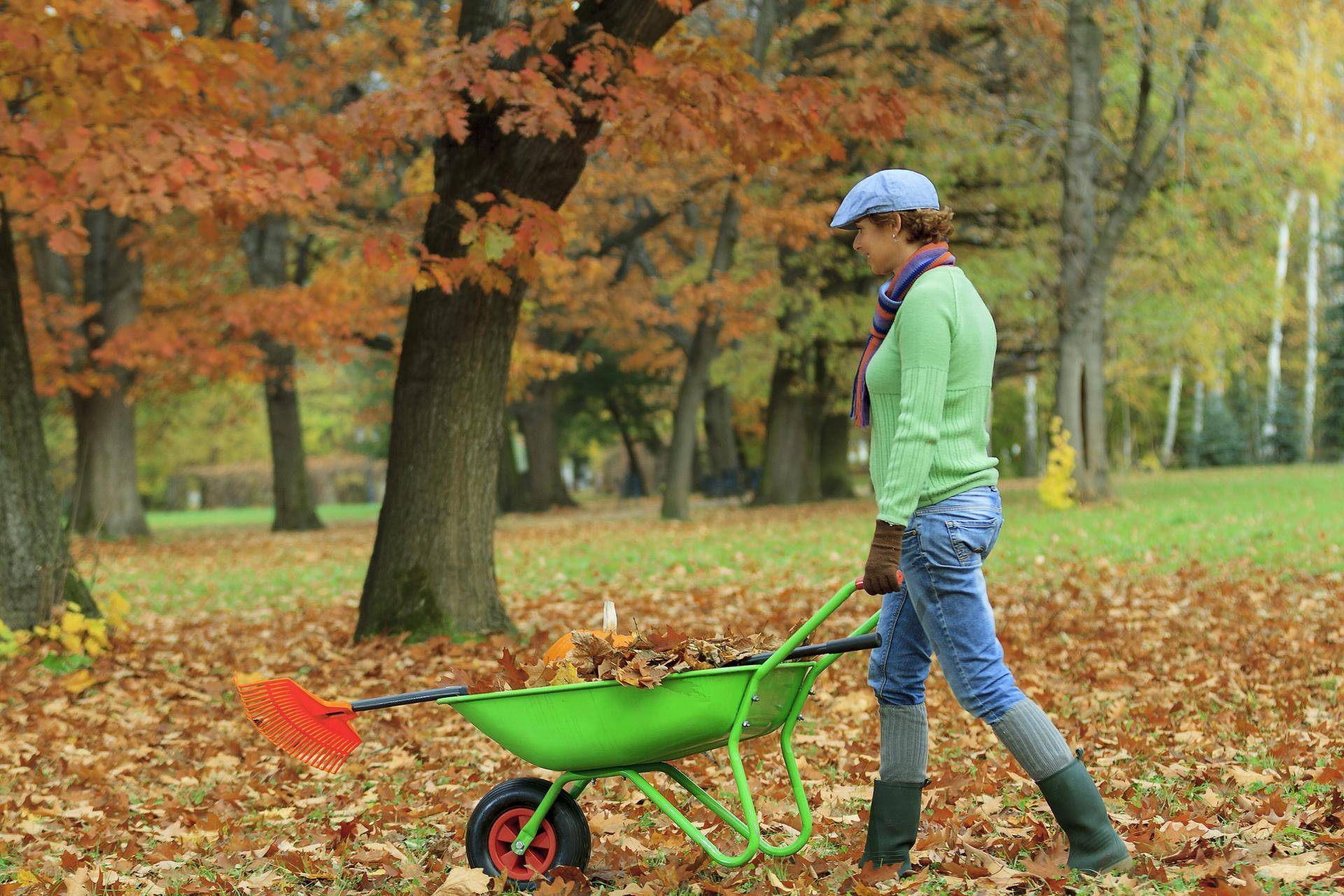USU Extension Press Release
Autumn is officially here, and there is much to look forward to – pumpkins on the porch, apple cider, cooler temperatures and walks through crunchy leaves. But, before you get too comfortable, don’t forget the yard and garden end-of-season tasks. Consider these October gardening tips from the Utah State University Extension Gardeners Almanac to help. Included are links to fact sheets and videos for further information.
· Consider adding a smaller structure, such as a low tunnel or a larger high tunnel, to extend your growing season.
· Learn how and when to harvest winter squash. Store winter squash in a cool (50-55 F), dry location.
· Plant garlic cloves from mid-October through early November.
· Click here for a list of fall cleanup chores and good landscape practices.
· Remove vegetable plants from the garden once the harvest is complete. This will help reduce overwintering sites for insect pests.
· Protect tomatoes from early frost by covering the plants with a blanket or tarp.
· Overwinter carrots, beets and parsnips in the ground by placing mulch over them. This prevents the ground from freezing.
· Rototill leaves, compost and/or manure into the vegetable garden to enhance the soil microbe activity.
· Limit rose pruning to heading back excessively long canes. This will help prevent damage from heavy snow loads.
· Cut back ornamental grasses in snow-prone areas once the foliage has died down; otherwise, leave them until spring and enjoy the vertical accent during winter.
· Plant spring-blooming bulbs through early November.
· Consider planting trees and shrubs in the fall to enhance root establishment.
· Dig tender perennials such as gladiolas, dahlias, begonias and canna lilies after the foliage has died down and store them in a cool (45-50 F), dry location.
· Protect trunks of young trees from winter cracking by wrapping them with a white reflective tree wrap.
· Dig and remove annual flowers.
· Plant cold-hardy annuals such as pansies, primrose, kale and ornamental cabbage.
· Prune out (to the ground) raspberry canes that have fruited.
· Fall is the best time to control tough perennial weeds such as field bindweed (morning glory). Click here for a list of weed control options.
· The last lawn mowing of the season should be 1-1 ½ inches high to minimize disease problems.
· Apply a quick-release nitrogen fertilizer after the last mowing (late October to early November) for early green-up next spring.
· Click here for the average first and last frost dates in locations around Utah.
Pests and Problems:
· Send diseased vegetable plants and leaves to the local landfill.
· Use burlap or other soft materials to wrap evergreens to prevent snow breakage.
· Treat for Coryneum blight in stone fruits (cherries, peaches, nectarines, apricots and plums) when 50 percent of the leaves have dropped.
· Clean up and discard fallen fruit to reduce overwintering sites for disease and insect pests.

